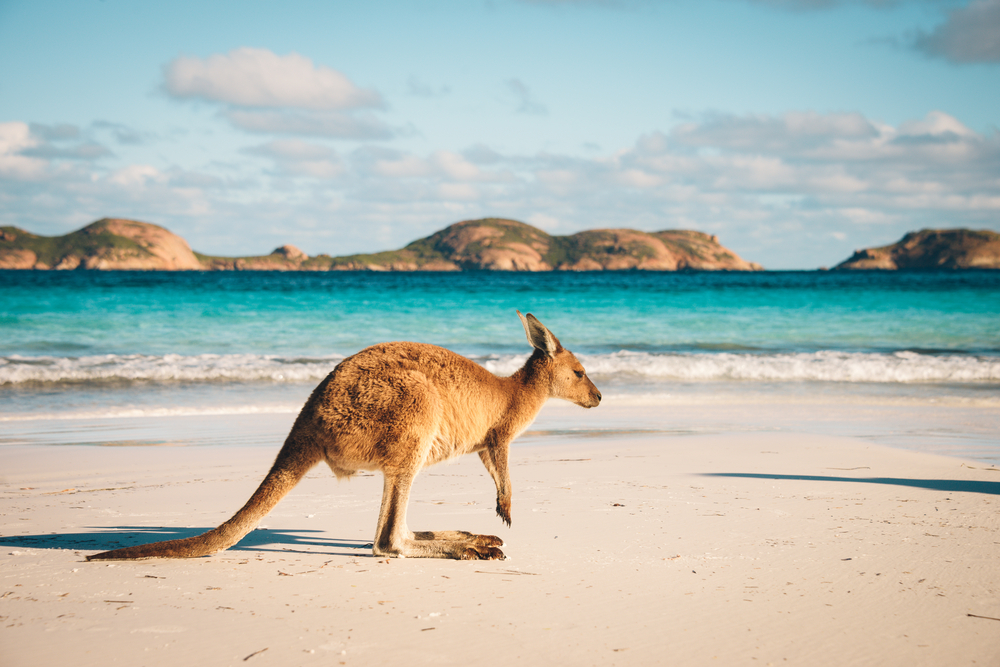The state of Australia’s tourism sector

Australia’s tourism sector has predominantly high contribution of more than 10% to the Australian economy making the country as the fourth largest contributor in the sector of Asia-Pacific (APAC) region.
International travel restrictions along with imposition of complete lockdown and quarantine measures helped to contain the spread in Australia, but had led to severe disruption to the tourism and hospitality industry. Australia eased certain restrictions including opening interstate border, which will propel the sector; however, getting back to pre-COVID-19 level may come at a very slow pace due to the widespread fear of COVID-19 contraction among the masses, says analytics company GlobalData.
Aditi Dutta Chowdhury, economic research analyst at GlobalData, says: “Australian tourism sector consists of small and medium business enterprises and is highly labour intensive. Progressive restriction since January 2020 escalated the financial cost to the sector with unemployment rate in various states reporting even up to 20% in tourism sector. Reopening the state borders will stimulate domestic tourism that can partially reduce the stress.”
New South Wales, Victoria and Queensland which accounted for 85% to the short-term overseas visitor arrivals (STA) to the country, are the worst affected due to the pandemic. During January-April 2020, STA to Australia contracted by 44% to only 1.8 million visitors compared to the same period in the previous year. Sydney, Melbourne, Adelaide, Perth attract more than 85% of international visitor arrivals to the respective region. According to Australian Trade and Investment Commission, tourism expenditure is expected to sink by AUD55 billion (USD36.2bn) in 2020-21 amid uncertainty over the reopening of state borders and the assumption that international travel bans will remain until July 2021.
Reopening interstate borders
In May, Australian Prime Minister Scott Morrison presented a three-step plan to reopen the country by the end of July 2020. Since May, the plan lifted intrastate travel restriction and will gradually ease interstate border restrictions, depending on the situation prevailing in states and territories.
The government developed assistance package, provided wage subsidy, cash flow to help tourism businesses to survive in the crisis. Also, waiver of entry fee to national parks, in addition, temporary relief from license fees and permit charges in these parks are expected to increase domestic tourism.
Ms. Chowdhury concludes: “Aussies spent AUD65bn (USD45.2bn) on overseas holidays in Jan-Dec 2019 and inbound tourism brought AUD45bn (USD31.3bn) to the country. If there will be spur in domestic tourism, even two-third of overseas tourism expenditure will be able to offset the revenue loss from inbound tourism. Further, regional travel bubble is likely to underpin recovery of the tourism sector.”
The trans-Tasman bubble is being considered to stimulate Kiwi traveler demand to Australia as New Zealand is one of the largest source countries, accounting for 15% of inbound tourists, and contributes only 6% of inbound trip expenditure. Trans-Pacific travel bubble in the Pacific region will reinforce the recovery of the sector while compensating loss from the Chinese visitors. This will set up regional travel corridor to increase the tourist arrivals and boost the tourism recovery in the region.


Comments are closed.